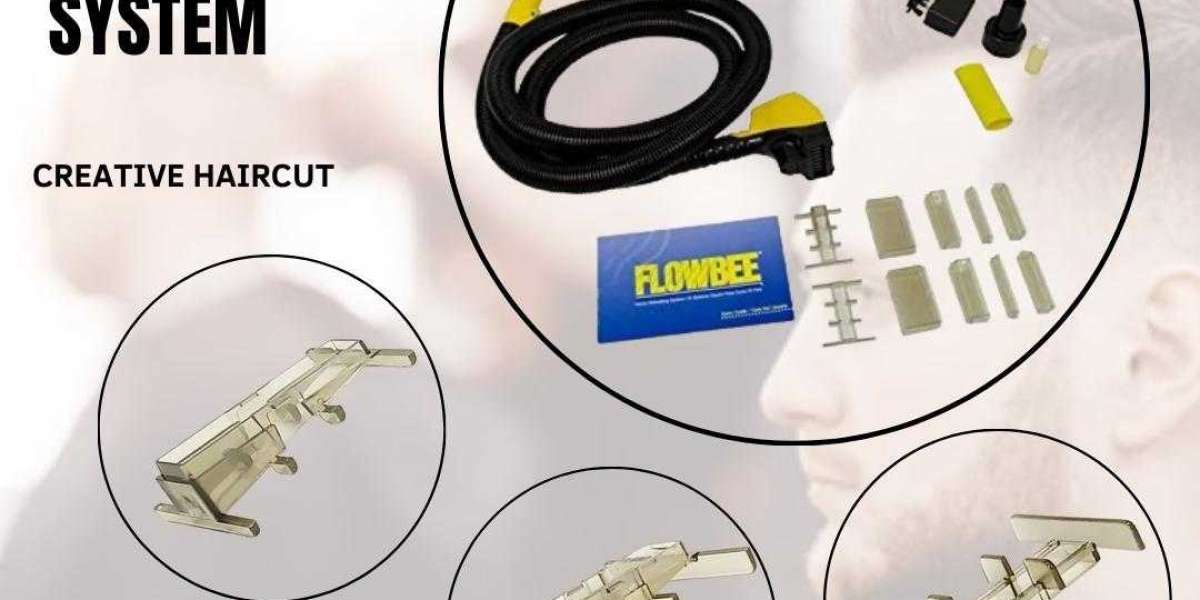Magnetic Particle Inspection (MPI) is a widely used non-destructive testing (NDT) method that plays a vital role in ensuring the integrity and safety of materials in both construction and manufacturing sectors. By detecting surface and near-surface defects, MPI helps prevent catastrophic failures, maintain quality standards, and improve overall safety. The technique involves magnetizing a ferromagnetic material and applying ferrous particles to the surface. These particles accumulate at areas where magnetic flux leakage occurs, such as cracks or other discontinuities, making defects visible to inspectors. Below are some of the most common applications of MPI in these industries.
1. Detection of Cracks and Surface Defects in Steel Structures
Steel is a critical material in construction, commonly used in bridges, high-rise buildings, and industrial structures. Magnetic Particle Inspection is essential for inspecting steel for surface cracks, weld defects, and corrosion. Cracks or defects in structural steel components can compromise the integrity of the entire structure, leading to potential safety hazards. For example, MPI is often used to inspect welds in steel girders or beams, which are crucial in maintaining the structural stability of bridges and buildings. Identifying these issues early can prevent costly repairs or catastrophic failures down the line.
2. Inspection of Welds in Manufactured Parts
In manufacturing, especially in industries like automotive, aerospace, and heavy equipment, welding is an integral process for joining metal parts. However, welds can be susceptible to defects such as cracks, voids, or porosity, which may not always be visible to the naked eye. MPI is routinely used to inspect welds for any flaws that could affect the performance or safety of the final product. Whether it’s for car frames, aircraft components, or industrial machinery, MPI ensures that the welded joints are sound and free of defects that could lead to fatigue or failure.
3. Examination of Railway Components
Railway systems rely heavily on the safety and reliability of their components, particularly tracks and wheels. MPI is frequently used to inspect railway rails for cracks or other defects that may develop due to continuous stress and wear. The same technique is applied to train wheels, which endure significant load and pressure during operation. By detecting early signs of cracking or other structural weaknesses in these critical components, MPI helps to avoid derailments or failures during operation, ensuring passenger and freight safety.
4. Automotive Industry: Engine Blocks and Structural Components
In the automotive industry, MPI is commonly used to inspect engine blocks, chassis, and suspension components for defects such as cracks or fatigue. These components are subjected to intense pressure and stress, and even minor defects can lead to significant operational issues or safety risks. MPI allows manufacturers to test these critical parts for hidden defects without compromising the integrity of the material, ensuring that the final products meet stringent safety and performance standards.
5. Inspection of Castings and Forgings
Both casting and forging are common manufacturing processes used to create complex metal parts. These parts, while strong, are also vulnerable to internal and external defects like porosity, cracks, and shrinkage. MPI provides a quick and effective way to detect these issues, ensuring that only sound castings and forgings are used in the final product. This is especially important in industries like aerospace and defense, where high-performance materials must meet strict regulatory standards.
6. Preventive Maintenance in Heavy Equipment
Heavy equipment used in construction, mining, and other industries often operates under extreme conditions, which can lead to material fatigue and cracking. MPI is used as part of routine maintenance to inspect critical components like booms, buckets, and chassis for potential failure points. By identifying defects before they develop into larger issues, MPI helps extend the service life of equipment, reduces downtime, and lowers maintenance costs.
Conclusion
Magnetic Particle Inspection is an indispensable tool in both construction and manufacturing, providing a fast, cost-effective, and reliable means of detecting surface and near-surface defects. Its ability to enhance safety, quality control, and maintenance processes makes it a critical technique across various industries, ensuring that structural components, machinery, and finished products meet the highest standards of performance and reliability. Whether in steel structures, manufacturing, or transportation, MPI plays a crucial role in safeguarding both people and equipment.








